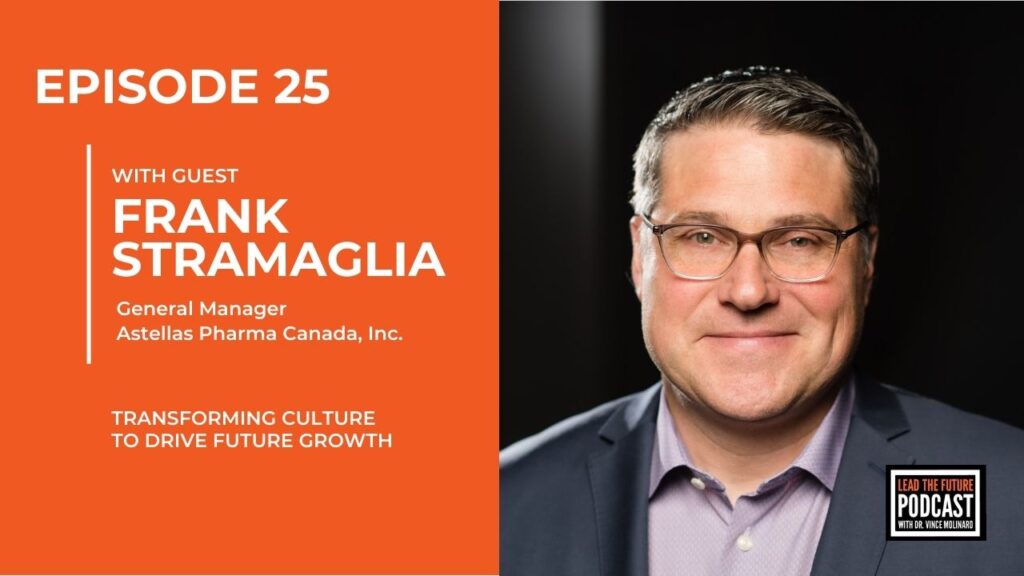Are you ready for the future?
Traditional leadership development programs are failing to deliver. In my books, I share considerable research that reveals that significant investments in leadership development are not producing desired results. Many leaders feel unprepared for the complexities of their roles.
The root cause of these disappointing outcomes lies in the one-size-fits-all approach of traditional programs. These programs often focus on theoretical knowledge rather than practical application, and they overlook the individual needs of leaders. They fail to anchor the development experience in the business context and strategy of the organization. It is clear that a dynamic, contextual, and strategic approach is essential to prepare leaders for the real-world challenges they face.
As I have thought about an alternative way to think about leadership development, I came back to the idea: in the end what is the purpose of leadership development. There are three. First, leadership development needs to prepare leaders for new roles they will assume. I call this Ready State Development. Second, leadership development needs to enhance skills and capabilities of leaders already in roles. I call this Current State Development. Finally, leadership development needs to equip leaders to lead their companies through periods of strategic shifts. I call this Future State Development. This framework ensures leaders are prepared for their roles, capable of meeting current demands, and strategically equipped to shape the future.
Ready State: Preparing for Future Roles
Ready State development is designed to prepare individuals for future leadership roles. Emerging leader development programs are prime examples of Ready State initiatives. These programs focus on identifying high-potential individuals and equipping them with the skills, knowledge, and mindset required to successfully transition into leadership positions.
Key components of Ready State development include:
- Identifying and nurturing high-potential talent: High-potential employees are the future leaders of any organization. Identifying these individuals early and providing them with tailored development plans ensures a robust leadership pipeline.
- Providing foundational leadership training: Foundational training covers essential leadership skills such as decision-making, strategic thinking, and emotional intelligence. This training is crucial for building a strong leadership foundation.
- Offering mentorship and coaching: Mentorship and coaching programs help emerging leaders build confidence and competence. Experienced leaders can provide valuable insights and guidance, helping mentees navigate the complexities of leadership roles.
Current State: Enhancing Current Capabilities
Current State development focuses on enhancing the skills and capabilities of leaders needed to succeed in their current positions. This phase addresses the immediate and practical needs of leaders, such as conflict resolution, team management, and effective communication. Unlike traditional programs, Current State development is highly contextual, tailored to the specific challenges and opportunities faced by leaders within their unique organizational environments.
Key components of Current State development include:
- Targeted training on specific skills and competencies: Leaders need training that is relevant to their current challenges. Targeted training focuses on practical skills such as conflict resolution, team management, and effective communication.
- Real-time coaching and feedback: Continuous improvement is key to effective leadership. Real-time coaching and feedback help leaders address issues as they arise and improve their performance on an ongoing basis.
- Peer learning and support networks: Leaders can benefit from learning from each other. Peer learning networks provide a platform for leaders to share experiences, discuss challenges, and support each other’s development.
Future State: Shaping Strategic Leadership
The Future State is a forward-looking approach that prepares leaders to navigate and shape the future of the organization. My team and I spend a lot of time supporting the development of their leaders as they embark on key strategic shifts. This phase involves strategic initiatives designed to align leadership capabilities with the long-term vision and goals of the organization. Future State development ensures that leaders are not only equipped to manage current challenges but are also prepared to drive innovation, transformation, and sustained growth.
Key components of Future State development include:
- Scenario planning and strategic foresight: Leaders need to anticipate future challenges and opportunities. Scenario planning and strategic foresight help leaders develop the skills to think critically about the future and make informed decisions.
- Leadership development aligned with organizational strategy: Leadership development should support the organization’s long-term goals. Aligning development initiatives with the organization’s strategy ensures that leaders are prepared to drive the company forward.
- Cultivating a strong leadership culture: The business environment is constantly changing and cultivating a strong sense of community among leaders is critical to success. A critical development strategy is holding regular forums for leaders to come together to discuss the strategy and how they must step up collectively as leaders.
Assessing The States of Leadership Development in Your Organization
To determine which state of leadership development your organization currently emphasizes, consider the following twelve questions:
Ready State Development
- Does your organization have a systematic process for identifying high-potential employees?
- Are emerging leaders provided foundational leadership training covering essential skills?
- Do you offer mentorship or coaching programs to help future leaders build confidence and competence?
- Is there a clear pathway for high-potential individuals to transition into leadership roles?
Current State Development
- Are current leaders receiving training that is specifically tailored to their roles and challenges?
- Do you provide real-time coaching and feedback to help leaders improve their performance continuously?
- Is there a platform for leaders to engage in peer learning and support networks?
- Are training programs focused on practical application and real-world scenarios?
Future State Development
- Does your organization engage in scenario planning and strategic foresight to prepare leaders for future challenges?
- Are your leadership development initiatives aligned with the long-term vision and goals of the organization?
- Do you have practices that help build a strong and cohesive leadership culture among your leaders?
- Are leaders equipped to drive innovation and transformational change within the organization?
Embracing the “states” of leadership development ensures leaders are prepared, capable, and strategically equipped, bridging the gap between leadership training and organizational success.








